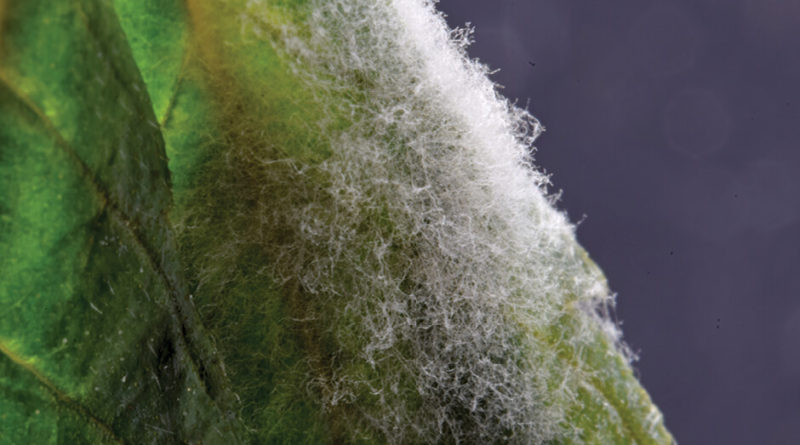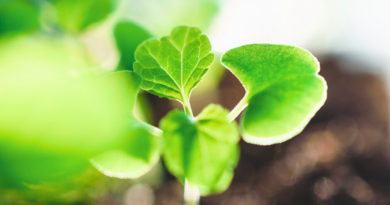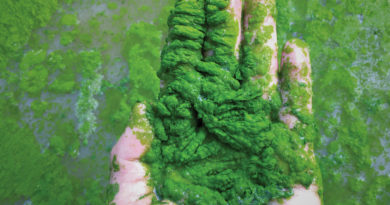Growing Cannabis in Humid Conditions: Mold-Resistant Strains
Cannabis plants are genetically predisposed to thrive in dry and sunny climates, such as those seen in the mountains of central Asia. As such, many pathogen-related issues arising in modern cannabis cultivation do so because of divergences from this environmental norm. Yet, some cannabis strains seem more versatile in dealing with environmental stressors and related pathogens than seen with other varieties.
Since legitimate scientific research into cannabis physiology is still in its infancy, we are just beginning to learn about the natural defenses of this plant species. Even more, how natural defense mechanisms are influenced by specific genetic traits in different cannabis strains is still largely unknown.
Speculation aside, mold presents an extremely troublesome pathogen for all cannabis growers, from personal gardens to commercial grows. Whether growing indoors, outdoors, or in a greenhouse, bud rot or botrytis is by far and away the most troublesome mold in cultivation circles.
Email Newsletter
Join thousands of other growers who are already receiving our monthly newsletter.
Read also: 10 Common Marijuana Leaf Problems and How to Fix Them
Known as a pathogenic fungus by professional horticulturists, botrytis exists throughout the natural world and thrives in humid conditions. The mold is spread by microscopic spores that are easily dispersed through both air and water, as well as the clothes and tools of the careless gardener.
Unfortunately for cannabis cultivators, prized flowers offer a prime breeding ground for botrytis — this notion is heightened with irregularities in cultivation environments related to humidity and airflow.
 Cannabis plant infected with mold known as bud rot. Source: Pong Pong / Shutterstock
Cannabis plant infected with mold known as bud rot. Source: Pong Pong / Shutterstock
Humidity and Mold
When diagnosing botrytis outbreaks in a cannabis grow, excess humidity is almost always the growth catalyst for this troublesome pathogen. As cannabis thrives in environments with less than 50 per cent humidity, spikes in moisture levels make plants susceptible to pathogens. These atmospheric irregularities come about from a variety of sources, some of which are caused by growers themselves.
For indoor growers, the number one cause of humidity spikes and subsequent bud rot is poor air flow. As such, with an improperly working exhaust or AC system, or dead pockets of air in the canopy, botrytis spores can easily find a susceptible niche to populate. Looking to outdoor gardens, mold almost always comes with rainy or humid weather.
In hotbeds of outdoor cultivation like Northern California, moist fall weather patterns are notorious for causing excessive molding shortly before harvest. Finally, as greenhouse growers enjoy the spoils of both indoor and outdoor cannabis cultivation, they also face botrytis challenges seen in both schools of thought. Therefore, fluctuations in outdoor moisture levels or inefficient airflow in a greenhouse can easily seal the deal with rampant bud rot in a greenhouse grow.
Read also: How to Detect, Treat, and Prevent Bud Rot in Your Cannabis Grow Room
Interview with Carter Casad from The Farm in Boulder, Colorado
As the cannabis industry gets increasingly sophisticated, growers are documenting how specific cannabis strains are more resilient to pathogens than others. Forward-looking cannabis professionals are utilizing plant genetics, in conjunction with their standard IPM protocol, to combat mold.
To help Maximum Yield gain a clearer understanding of the relationship of genetics to mold resistance, we reached out to Carter Casad, the breeding manager/cannabis researcher from The Farm in Boulder, CO. The Farm is a vertically integrated cannabis company that is renowned for its expansive genetic library as well as seed catalogue.
Their vast array of original genetics is the result of an aggressive breeding program rarely seen in commercial cannabis today. Here is what Casad had to say about The Farm Genetics program:
Can you tell us a little about The Farm Genetics and what makes you unique with your genetic catalogue?
Casad: We’ve been in operation for over nine years now and have been exploring, developing and experimenting with our own genetics the whole time. Due to our strict compliance standards we’ve been provided opportunities to help contribute to emerging cannabis research at the local university. This has given us access to tools, insights, and resources that we’ve utilized to push our genetics into new realms. All the while, we’ve stayed true to the art of selection and experienced intuition.
Looking at cannabis plant physiology in conjunction with humid conditions, what would cause one strain to get botrytis over another?
Casad: An unhealthy plant will have a weakened immune system and be more susceptible to botrytis. Imbalanced feeding, overwatering, a wonky photoperiod, cuts and other physical abrasions to the plant can all weaken its immunity. This susceptibility will be exacerbated by a more humid environment that botrytis thrives in. It’s also been suggested that the terpene content of a strain plays a role in its ability to fight off mold.
 Improper canopy maintenance and air flow allows for the perfect breeding ground for botrytis. Source: Pong Pong / Shutterstock
Improper canopy maintenance and air flow allows for the perfect breeding ground for botrytis. Source: Pong Pong / Shutterstock
It’s often said that dense buds are more mold prone than others. How big of an influence is flower structure on mold resistance?
Casad: I would agree with that. Large dense buds create microclimates that trap moisture and humidity. Improper canopy maintenance and air flow allows for the perfect breeding ground for botrytis. Larger buds also make it challenging to identify if bud rot is forming. Most cases of botrytis I’ve seen start from the inside of the bud and move outward. Keep an eye out for big buds that have leaves that are browning or yellowing, you will usually find bud rot forming in the interior at these spots.
What is the most mold-resistant strain you have seen thus far?
Casad: As far as overall mold resistance, our cut of Blue Dream still reigns supreme. We’ve never seen it get bud rot, even with some pretty sizeable buds. Also, it seems to be extremely resistant to powdery mildew. I’ve watched it grow and remain completely healthy right next to plants will full blown (powdery mildew) infections.
What sort of advice would you have for growers out there struggling with mold issues?
Casad: Controlling the environment and improving air flow will be your best weapon against mold. Sterilize your tools between plants, as botrytis is systemic and can lay dormant inside the plant. If you’re having a problem with a strain that has large buds, try topping it more before flowering and creating more heads. This is will increase the amount of kolas and reduce their size. If you are searching for more mold-resistant genetics, try to source strains that have been developed in more humid and wet climates. These will have evolved a more natural resistance to mold.
Read also: Topping and Low-Stress Training
Summary
For those growers who have dealt with botrytis breakouts in their gardens, it is well known that mold is nearly undetectable at its outset. As many cultivators have seen, this pathogen often spreads from the inside of a bud, rotting precious flowers before it is even noticed.
All things considered, for those that continue to get mold issues in their grow operations, better airflow and decreased humidity are always great starting points.
Beyond that, taking Casad’s advice on growing cannabis strains with lighter buds could be a good move.
Finally, understanding which strains are mold resistant, like The Farm Genetics Blue Dream, is viable way to counteract mold by way of biological adversity.




